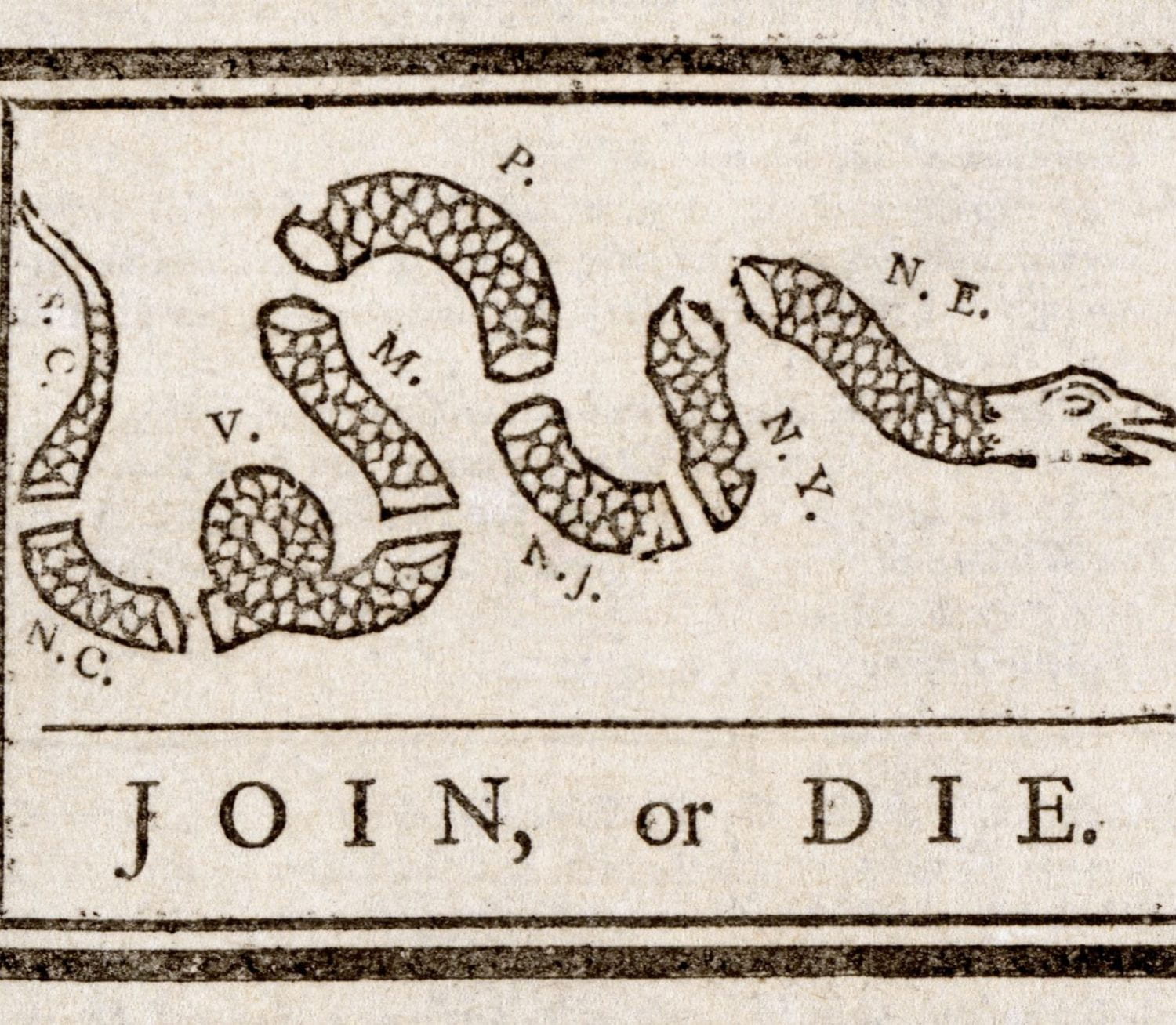
by Mallory Maples
First and foremost: while I actually enjoy browsing through historical works of art, fiction, and even things like legal documents, I couldn’t help but find myself feeling frustrated during this assignment. There is just so much that I could look for, so many topics and themes that I wanted to cover.
I typically use JSTOR for many of my other research-based assignments and have always struck gold there, but Artstor just didn’t really lend me the same success. With that in mind, I decided to check out the Digital Public Library of America; I had some better luck there, thankfully! I ended up not checking out the other databases suggested for this assignment, but since I feel I could benefit from them in the future, I’ve put the proverbial pin in them for further study.
For this assignment, I was interested in looking into more artistic depictions of America, especially personified ones. We have discussed some American-centered art in the course on several occasions, which is what initially piqued my interest. The practice of personifying countries is endlessly fascinating to me, so I chose a “Lady America” type piece to write about (pictured above!)
The artwork, and engraving, was created by Rudolph Ackermann in 1801, just at the turn of the century. The title is, aptly, “America,” and we see the subject in the center of a teal background: a pale woman, done in a Grecian style, garbed in the clothes of a Native American. Two cherubs are pictured, one attending the lady and placing a feathered crown on her head, the other hunter a moose in the background.
The association of North America with the Native Americans has been such a recurring theme throughout world history. I mean, they were around before the Europeans, so of course they’d be correlated to their homeland. Aspects of cultural appropriation are seen even in 1800s. I’ve seen other pieces of art where Native American iconography is correlated with North America.
Additionally, and on a lighter note: I found the fact that a moose was included amusing. Of all the animal imagery, I would not expect a moose. Of course, my first impression when it comes to American animals is always the eagle and the alligator. This was a unique detail, one that ingratiated the piece to me.
When I’m analyzing imagery like this, I always think about how I could teach it. Since I’m studying to be an English teacher, I like to consider the value in history alongside literature (which is really just a form of art). Being able to analyze artwork like Ackermann’s, to identify themes and then make connections to society and literature, is a crucial practice that can help students understand the world.

